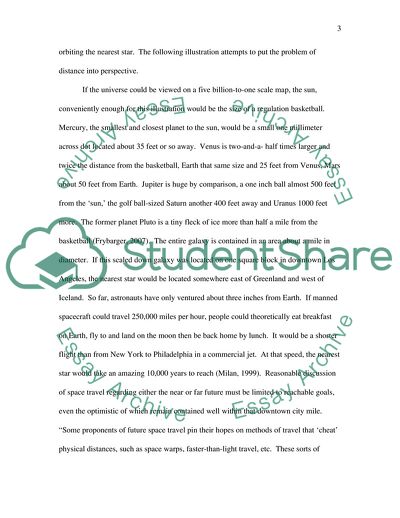Cite this document
(Interplanetary Travel: How Feasible Is It Coursework, n.d.)
Interplanetary Travel: How Feasible Is It Coursework. https://studentshare.org/technology/1708601-interplanetary-travel-how-feisable-is-it
Interplanetary Travel: How Feasible Is It Coursework. https://studentshare.org/technology/1708601-interplanetary-travel-how-feisable-is-it
(Interplanetary Travel: How Feasible Is It Coursework)
Interplanetary Travel: How Feasible Is It Coursework. https://studentshare.org/technology/1708601-interplanetary-travel-how-feisable-is-it.
Interplanetary Travel: How Feasible Is It Coursework. https://studentshare.org/technology/1708601-interplanetary-travel-how-feisable-is-it.
“Interplanetary Travel: How Feasible Is It Coursework”. https://studentshare.org/technology/1708601-interplanetary-travel-how-feisable-is-it.


